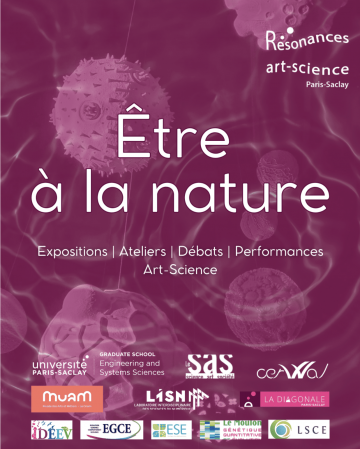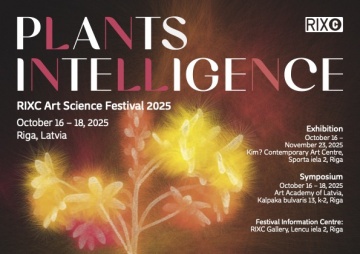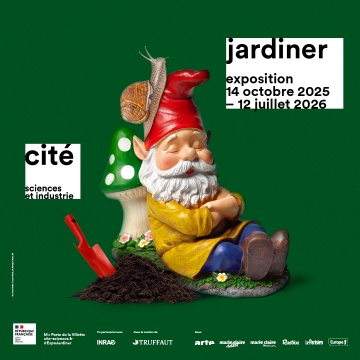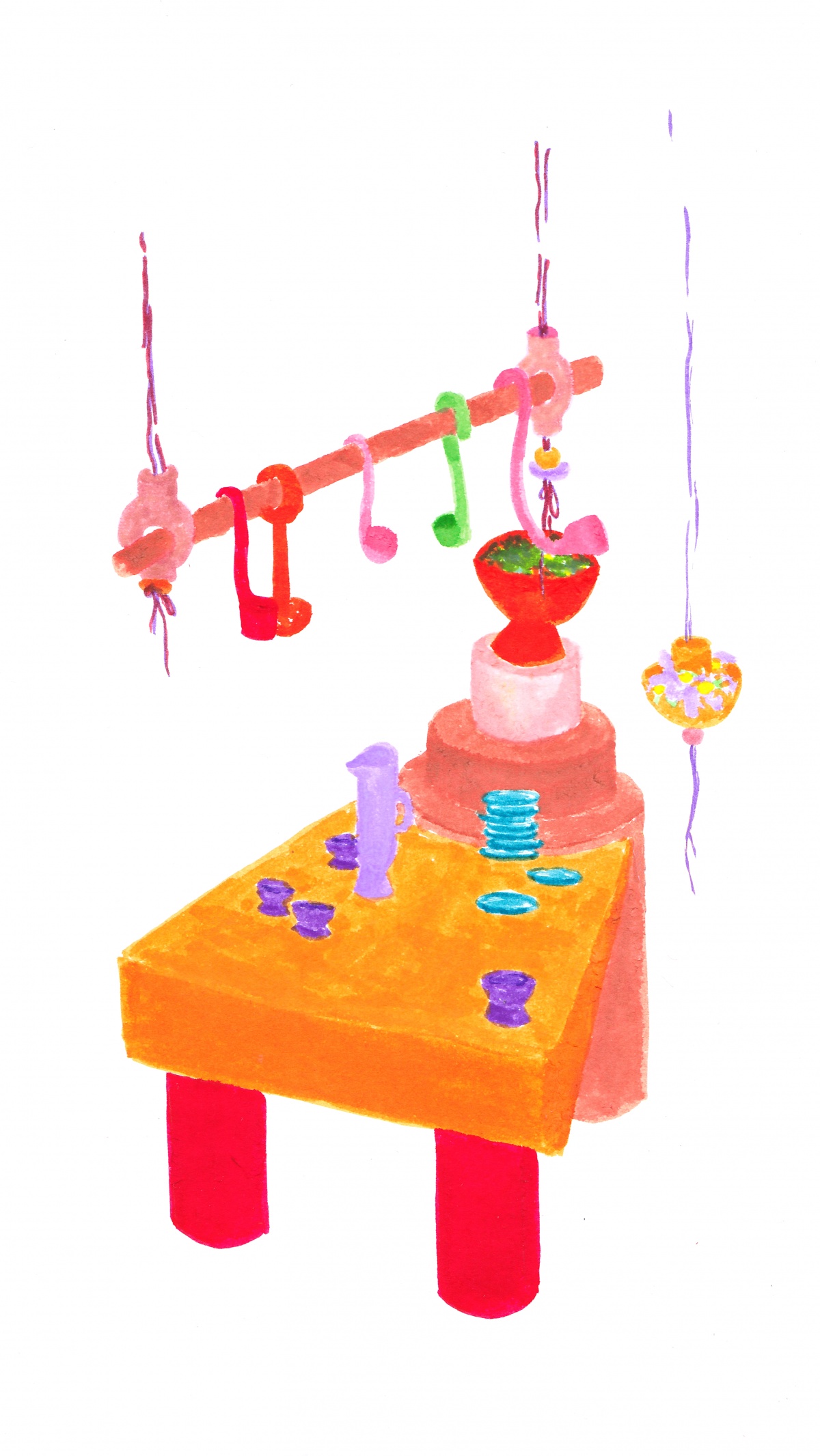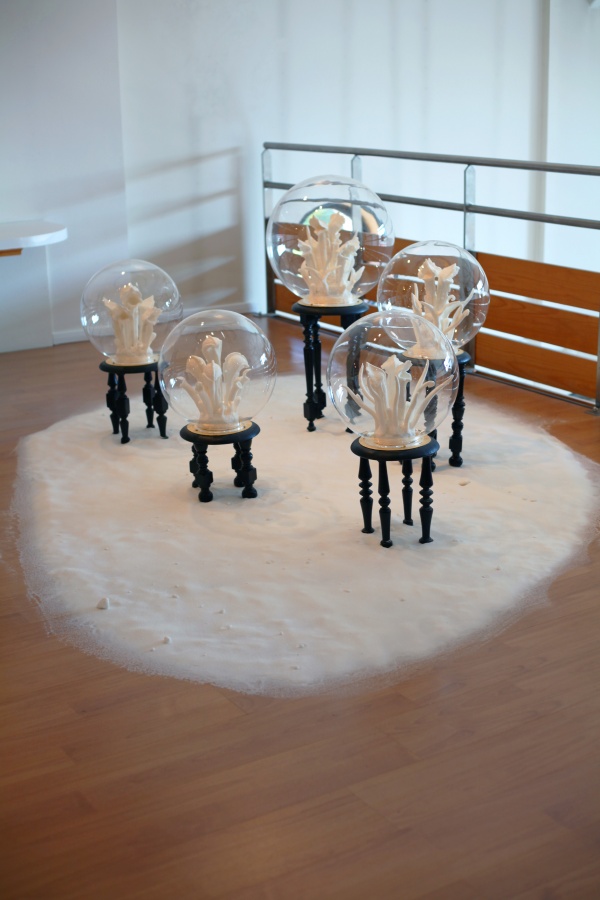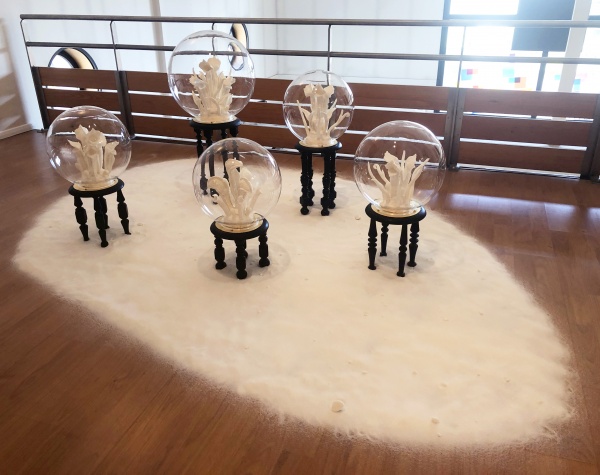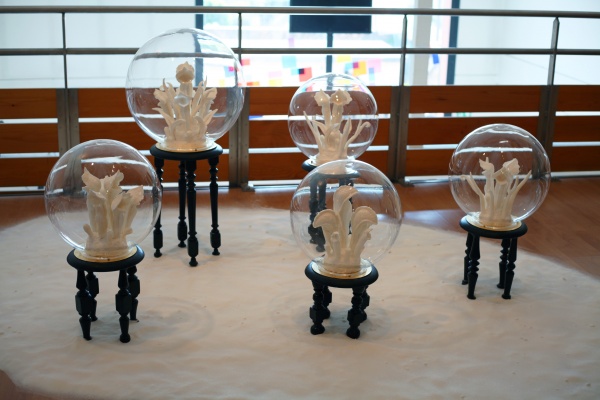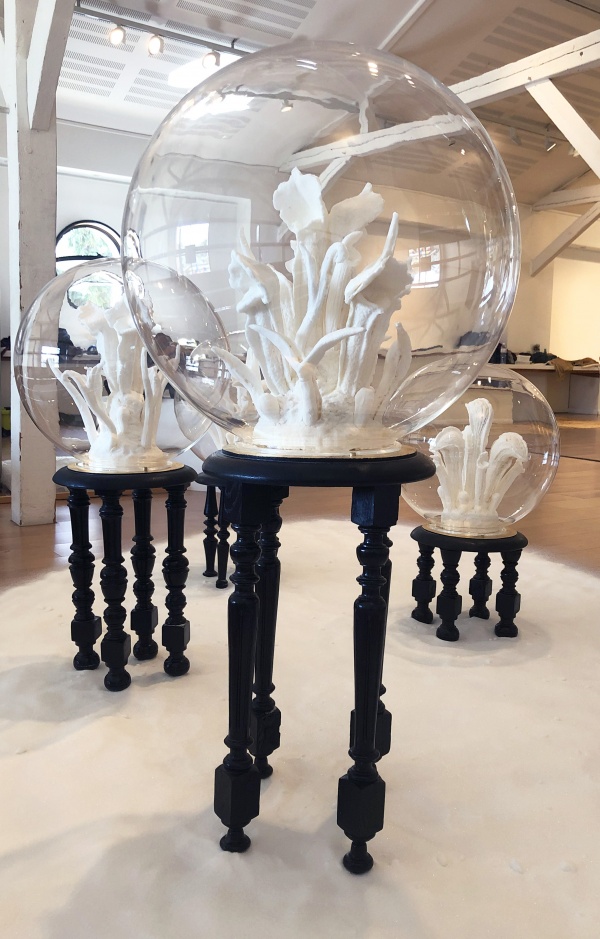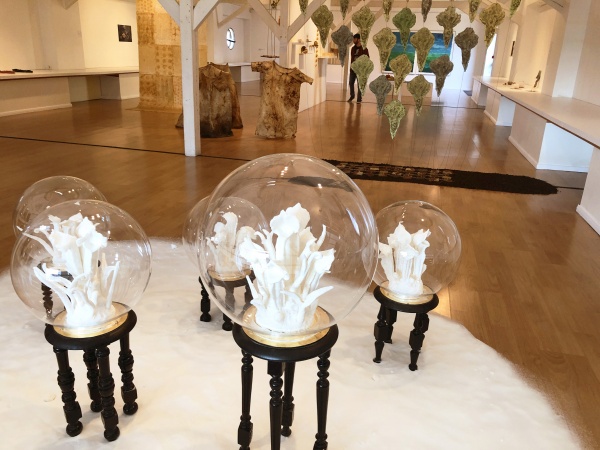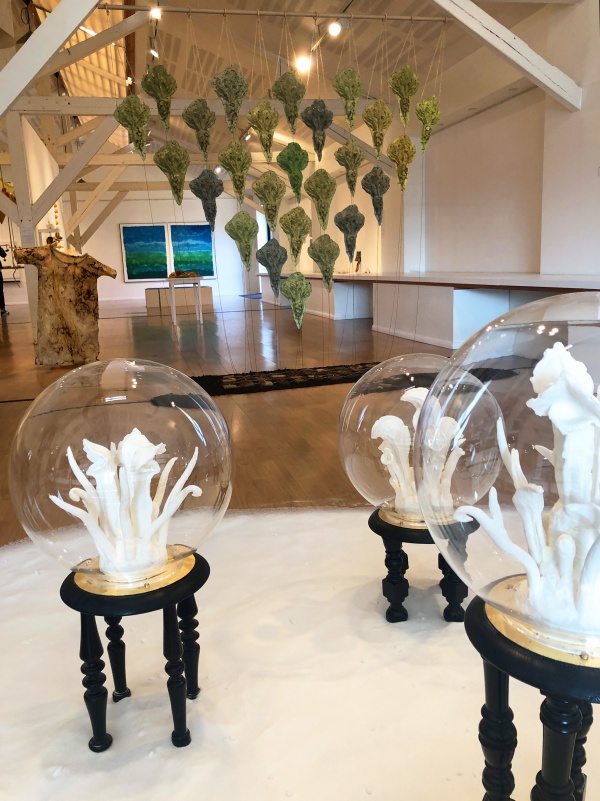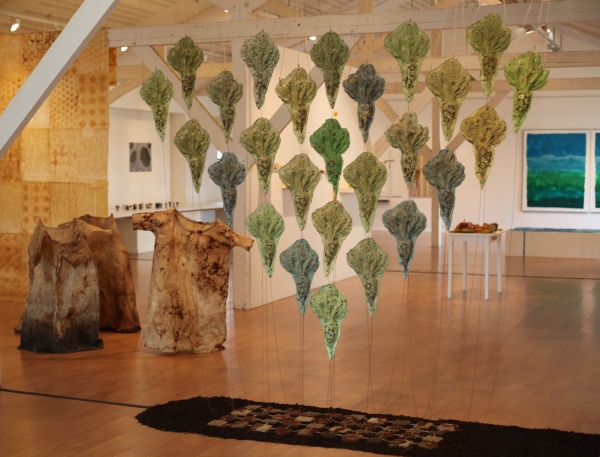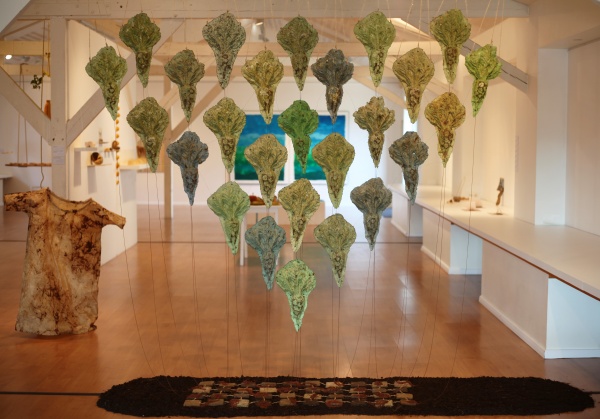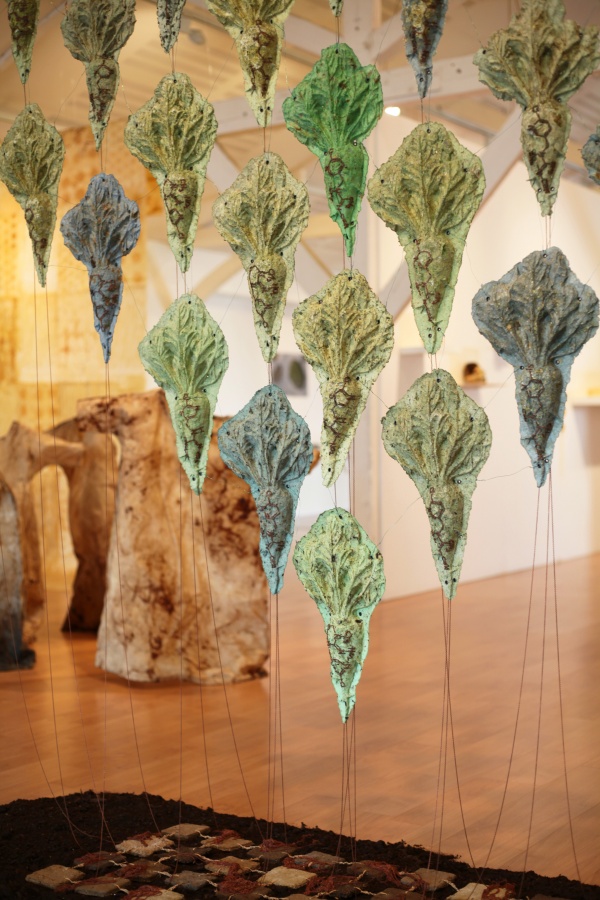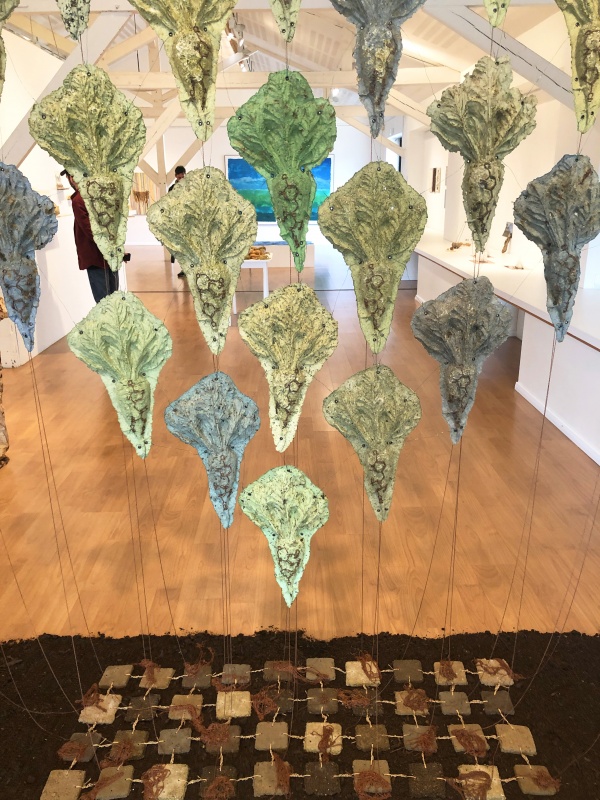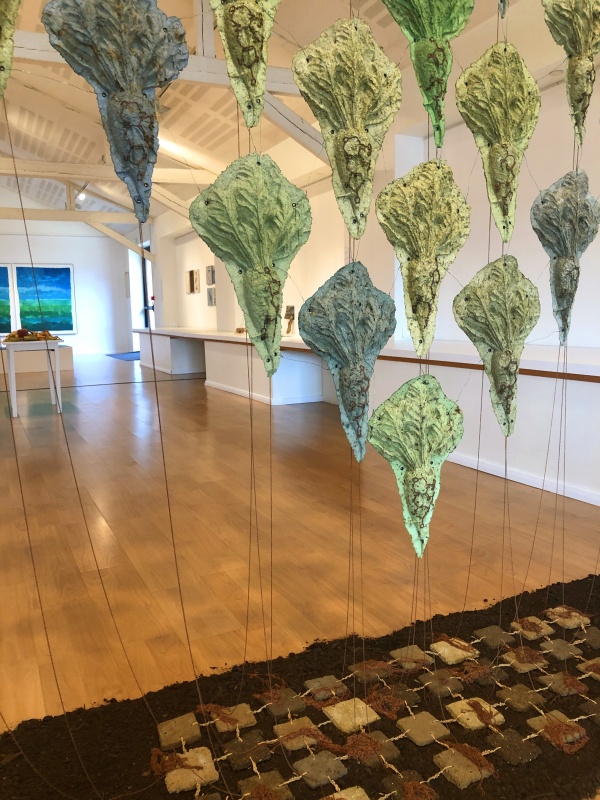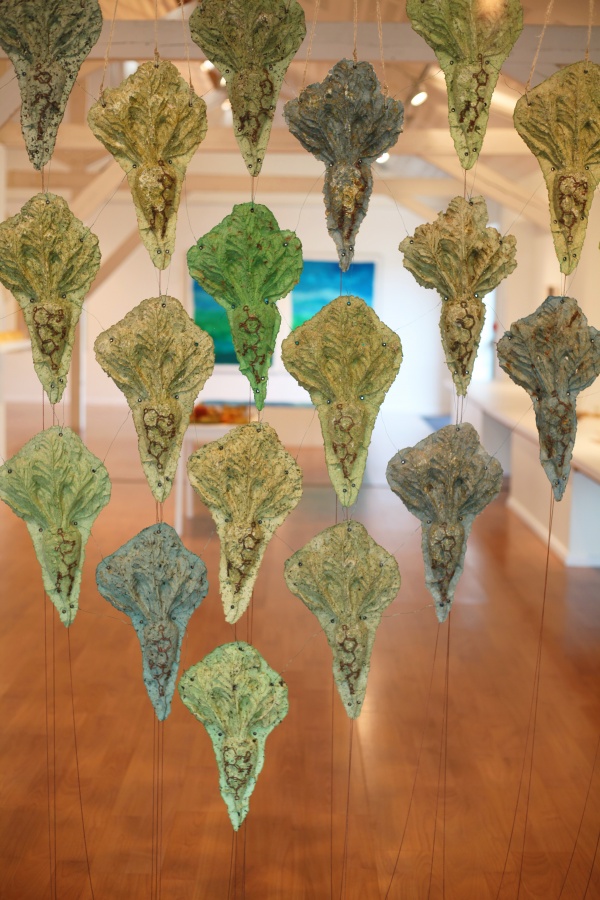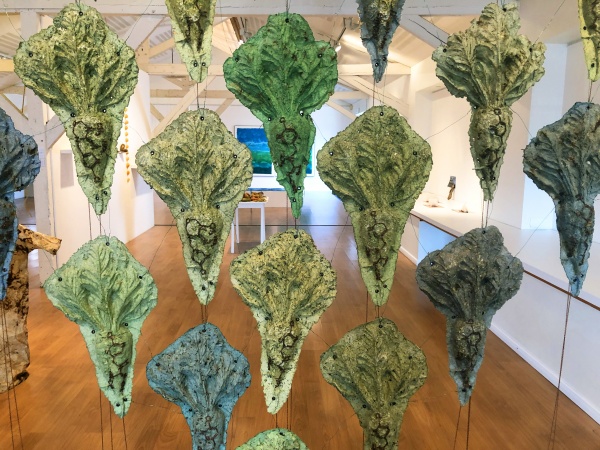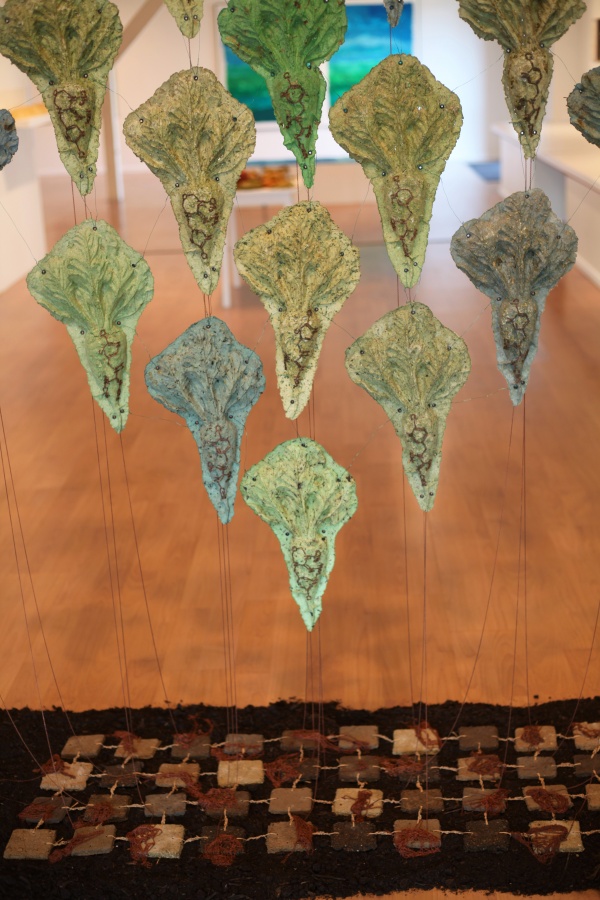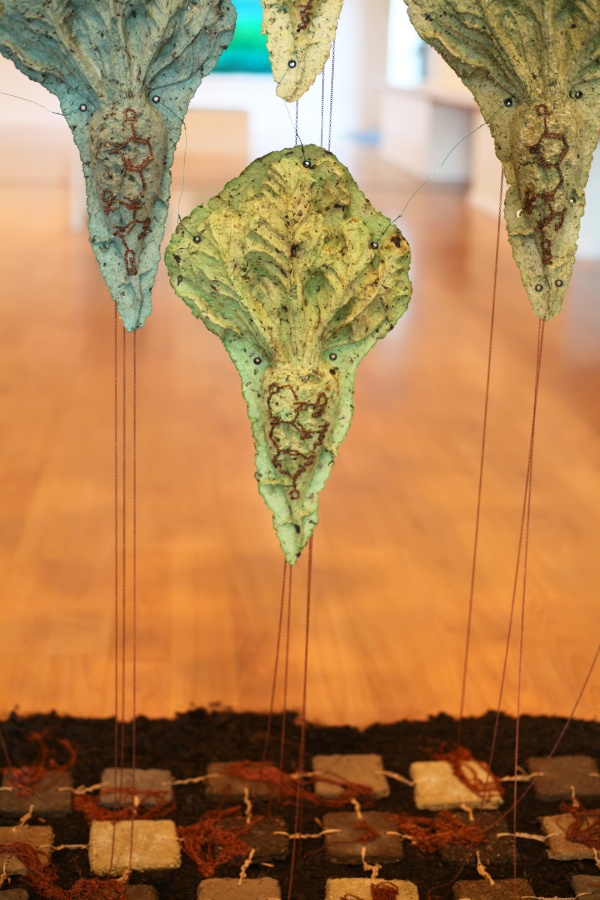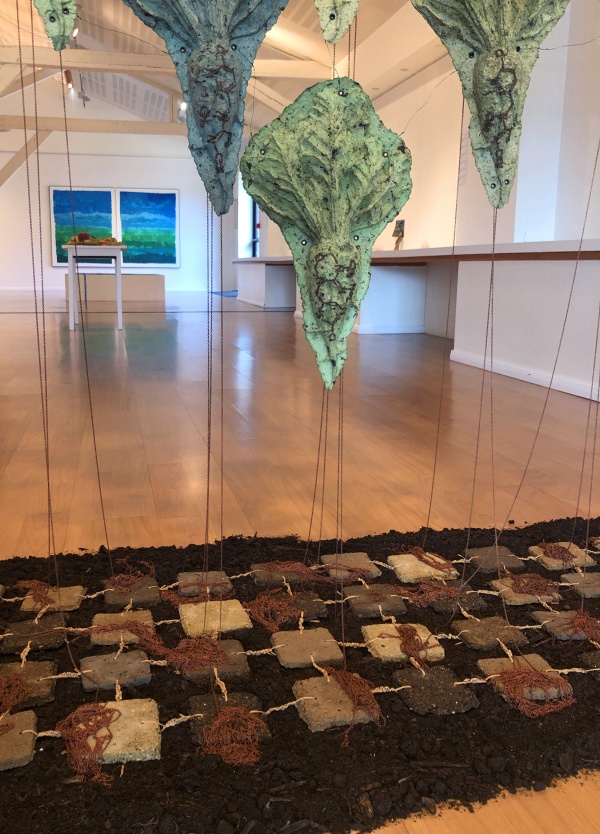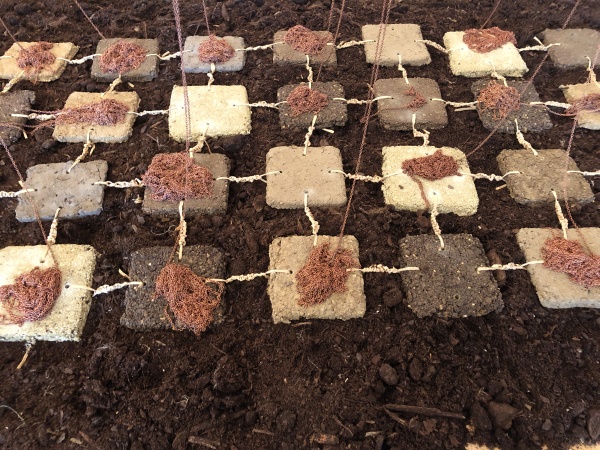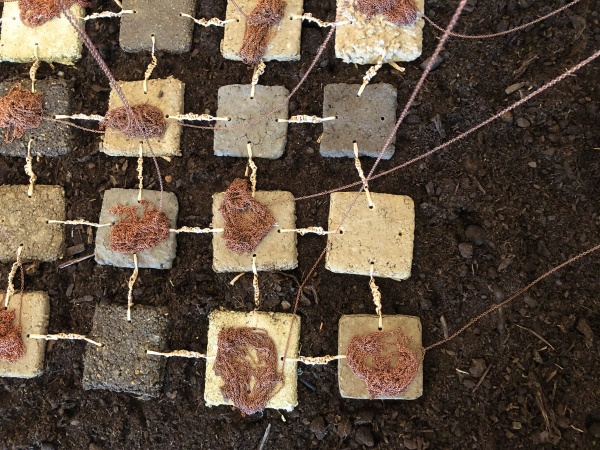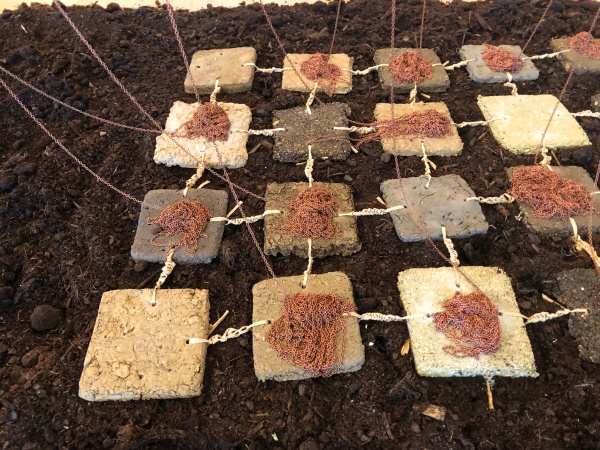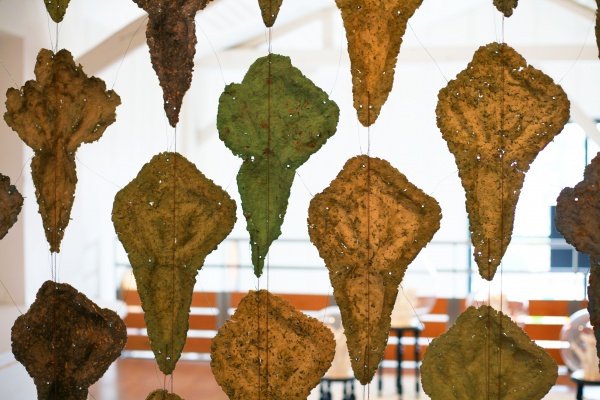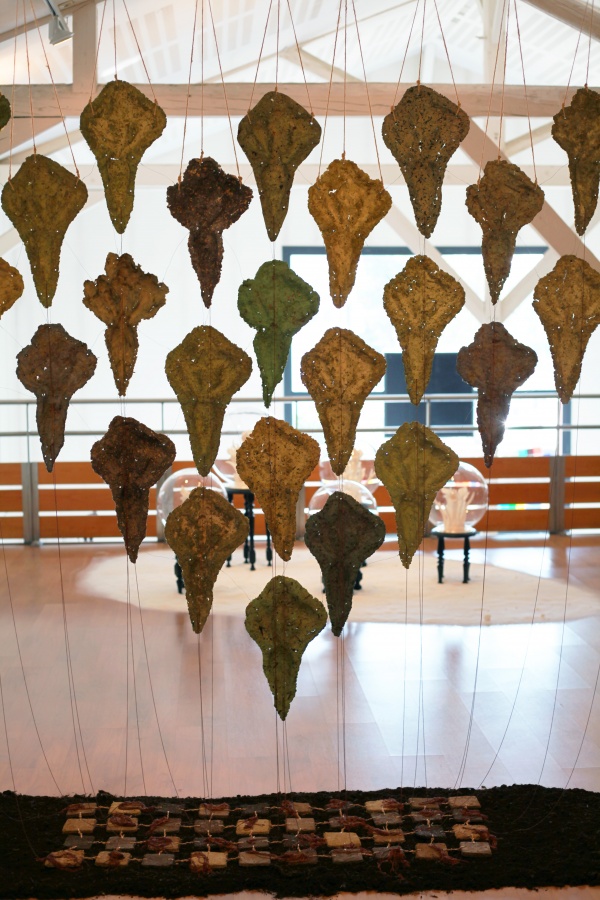Faire oeuvre en cuisine
From March 26th to April 29th 2022 Rosa Bonheur visual arts houseKarine Bonneval, Fanny Maugey, Lucie Malbéqui, Emma Bourgin, Hélène Barrier, Marjorie Brunet.
Curator: Fabienne Leloup
The exhibition "Faire oeuvre en cuisine" is an invitation to experiment and share. As you wander around, you will discover, for example, precious carnivorous plants and you will venture into multiple culinary experiences. You can also admire participatory sculptures, enjoy the metamorphosis of beeswax or perhaps venture to devour a minotaur?
Far from focusing solely on the notion of a collective spectacle of the everyday, as is usually the case in many exhibitions or performance events on this theme, "Faire oeuvre en cuisine" allows us to understand the world today through the questions linked to our food and its evolution.
The relationship between art and food is one that runs through the history of art. Long before the 17th century, when Flemish painting gave its letters of nobility to the genre of still life, banqueting scenes flourished on the walls of ancient domus and other amphorae. Each century gives meaning to the meal and its rituals. Each artist tries to express this scene of life that is both everyday and extraordinary. The table takes on a symbolic meaning according to the space and time that accompany it. It was not until the avant-garde of the 20th century that real food appeared in art with the futurist, dadaist and surrealist experimental banquets. Until then glorified or even magnified, the turn of the 1960s and the arrival of the consumer society will reexamine our relationship with food.
The particularity of the artistic proposals presented is that they share an ontological relationship with food. Whether it be the sculptures and installations of Karine Bonneval and Emma Bourguin, or the edible flowers of Fanny Maugey and the ephemeral paintings of Marjorie Brunet, they highlight a relationship to the metamorphosis of matter from a physiological and sociological point of view. What is at stake here is not a simple archaeology of food that seeks to understand our contemporary civilisation, but rather a reflection on the understanding of being through the experience of making work in the kitchen.
Hélène Barrier, Karine Bonneval, Emma Bourgin, Marjorie Brunet, Lucie Malbé and Fanny Maugey are fascinated by the creative possibilities of food as much as by the current societal issues it raises. They highlight the collective virtues of food and cooking, and also question the role of women, ecology and our colonial past. "Faire oeuvre en cuisine" proposes an archetype of human life that challenges the spectator and makes him interact with the work through the notion of a journey, the manipulations and the modes of consumption offered during the exhibition.
What if it were a metaphor?
From work to work, this exhibition reveals itself. It is a Xenia, the Greek concept of hospitality, in which each work, performance and experimentation becomes a present offered to the viewer, leading to a privileged encounter between everyday life and art while reconnecting with the ethical and sociological dimension of food. It is an opportunity to share and transmit knowledge and skills that lead to the experimentation of a civilisation fact in order to better understand and live together.
Madeleine Filippi, Art critic
I present:
Saccharomania, produced by the Domaine de Chaumont sur Loire, 2017
5 domes, sculptures of carnivorous plants made of sugar pastilled on a bed of powdered sugar.
Saccharum officinarum is a plant whose geographical origin is not certain. Spread by man and crossed with other species of sugar cane, it no longer exists in the wild. The "white gold", once produced through slavery and the cause of wars, is now a cheap commodity all over the world. But its whiteness and glittery crystallization retain the ambiguity of our common history. Here, taking up this 19th century aesthetic under the globe, a collection of carnivorous plants stands in immaculate whiteness, but composed of a deceptively innocent material, as each plant has been moulded into massaged sugar. The sugar industry based on intensive cultivation still causes multiple damage to the environment and to humans.
And: Barbara Pompili has less weight than a beetroot, production Maison des arts plastiques Rosa Bonheur, 2021.
Cloud of 26 beetroot made of recycled paper and beetroot leaves, copper-plated metal chain.
Carpet of 40 squares of soil samples from Pesselières, on a bed of soil.
In 2020, the French government announced that the use of neonicotinoids, "bee-killing" pesticides, would be allowed again for 3 years on sugar beets.
In this installation, the artist stages a cloud of beta vulgaris floating above a carpet of soil. The chemical formulas of the three re-authorized neonicotinoids are materialized by chains attached to the beets and spread over the squares of land. The carpet was made from soil samples from around his village, consisting of conventional and organic crop fields.
